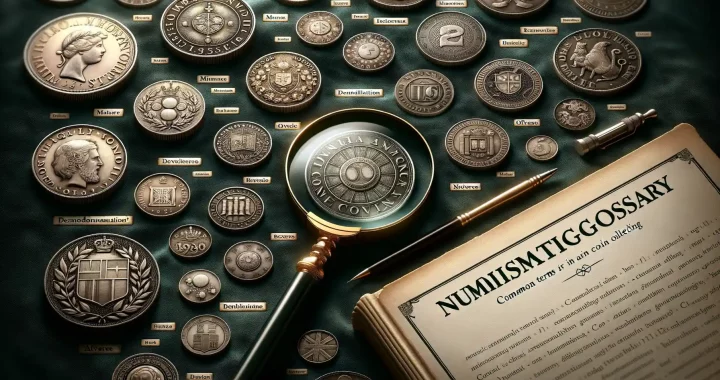Introduction to Coin Collecting Terminology
Welcome to the captivating world of coin collecting! If you’re just starting out, you might feel like you’re trying to decipher an ancient code. Words like mint mark, die clash, and proof coins might sound more like cryptic riddles than exciting discoveries. But don’t worry—every seasoned collector was once standing where you are now, wide-eyed and curious.
The Magic of Learning Coin Lingo
Think of learning coin collecting terms as getting to know a secret handshake for a timeless hobby. These words are your key to understanding the stories behind each coin. Let’s say you’ve stumbled across a coin with a tiny “D” stamped on it—now you’ll know it’s a mint mark, telling you it was made in Denver. Or imagine spotting grooves around the edge of a coin; you now know that’s called reeding, designed to prevent tampering. The more you learn, the richer the experience becomes.
Why This Vocabulary Matters
These terms are more than just jargon—they shape how collectors share insights and discoveries. Mastering them lets you:
- Connect with fellow collectors more easily.
- Spot rare finds or avoid paying more than a coin is worth.
- Decode auction descriptions with confidence!
By diving into this treasure trove of terminology, you open doors to new adventures in every coin you encounter. What mysteries will your next discovery unlock?
Common Terms in Coin Collecting
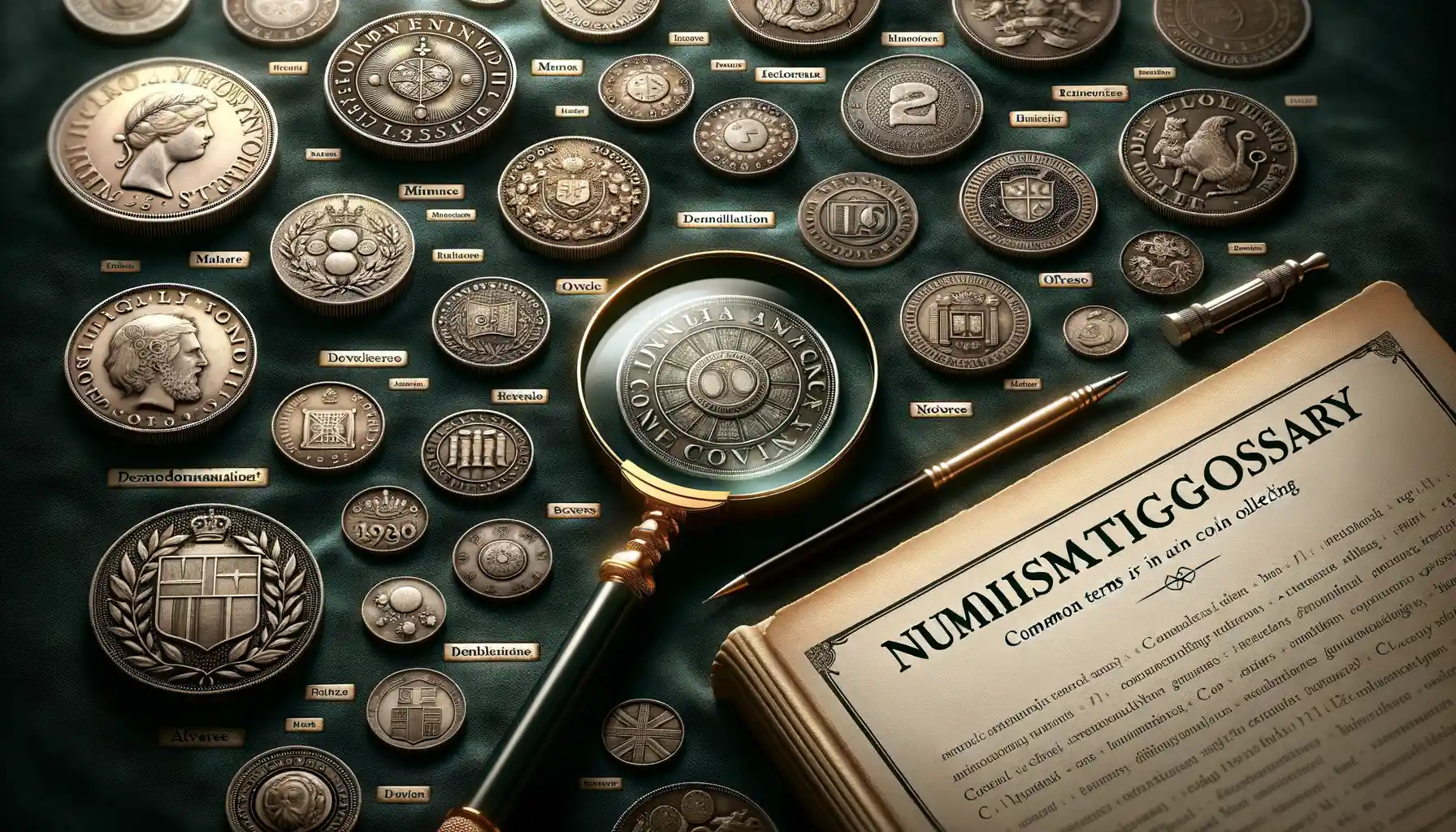
Unlocking the Basics: Must-Know Coin Collecting Terms
If you’ve just stepped into the fascinating world of coin collecting, get ready to enter a treasure trove of unique terminology. Let’s demystify some of those collector buzzwords that might make your head spin faster than a coin flip!
Obverse and Reverse: No, these aren’t magic spells—just fancy words for the “heads” (obverse) and “tails” (reverse) sides of a coin. Think of them as the coin’s two faces, each with its own story to tell.
Mint Mark: Ever spotted a tiny “P” or “S” on a coin? That’s the mint mark, revealing where the coin was made—like Philadelphia or San Francisco. It’s like finding a signature from a secret artist!
Patina: To some, it’s tarnish. To collectors, it’s beauty. This natural layer on old coins is an exquisite reminder of their age and journey.
Error Coins: Imagine finding a typo in a famous book! These coins have imperfections created during minting, making them rare and highly sought after.
- Die: The stamp-like tool that imprints designs onto blank coins.
- Proof Coin: Polished perfection! These coins are crafted with extra care for collectors.
With these terms in your toolkit, you’re already speaking the secret language of numismatics! (Yes, that’s just a fancy word for coin collecting.)
Advanced Coin Collecting Vocabulary
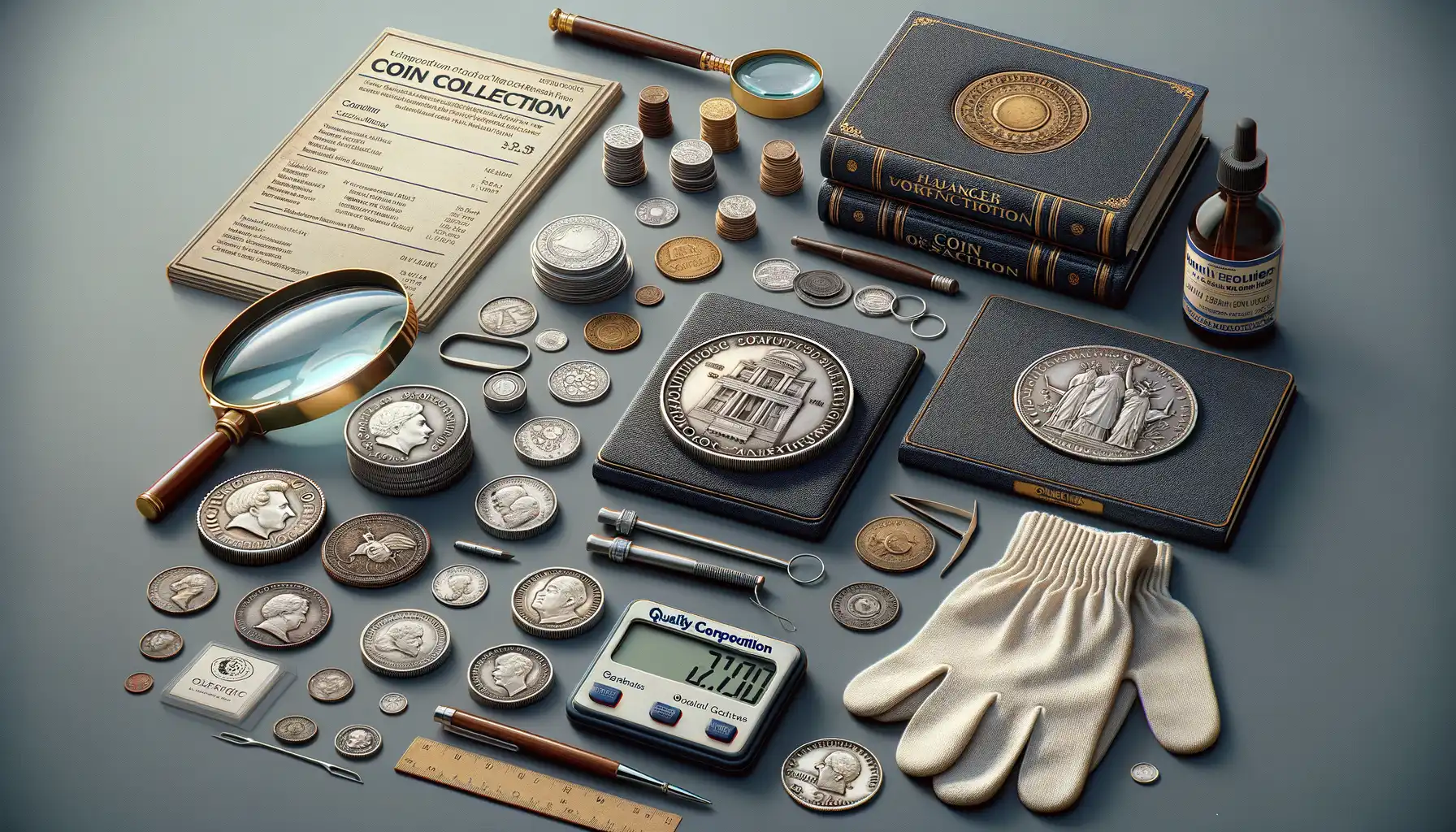
Unveiling the Hidden Gems of Coin Collecting Language
Welcome to the deep end of the coin collecting pool—where casual curiosity transforms into a refined art. Advanced coin collecting lingo can feel like stepping into a secret society. But trust me, the moment you crack the code, it’s an exhilarating ride.
Let’s start with the dazzling term “mule”. No, it’s not an animal! In numismatics, it refers to a coin struck using mismatched dies—like pairing a head from one coin with a tail from another. Imagine owning such a rarity—it’s the kind of piece that sparks stories at coin shows.
Then there’s the mysterious field. This isn’t a grassy plot; it’s the smooth, background area of a coin that makes the design pop. Think of it as the negative space in art—it speaks volumes despite its simplicity.
When discussing someone’s collection, you might hear them mention toning. It’s the natural color change on a coin’s surface, often shimmering like an oil slick in gold, rainbow, or earthy hues. Some collectors call toning “coin poetry.”
Curious yet? Let’s dive deeper. Understanding these terms turns observation into obsession. You’ll never look at a simple penny the same way again!
How to Use Coin Terminology in Practice
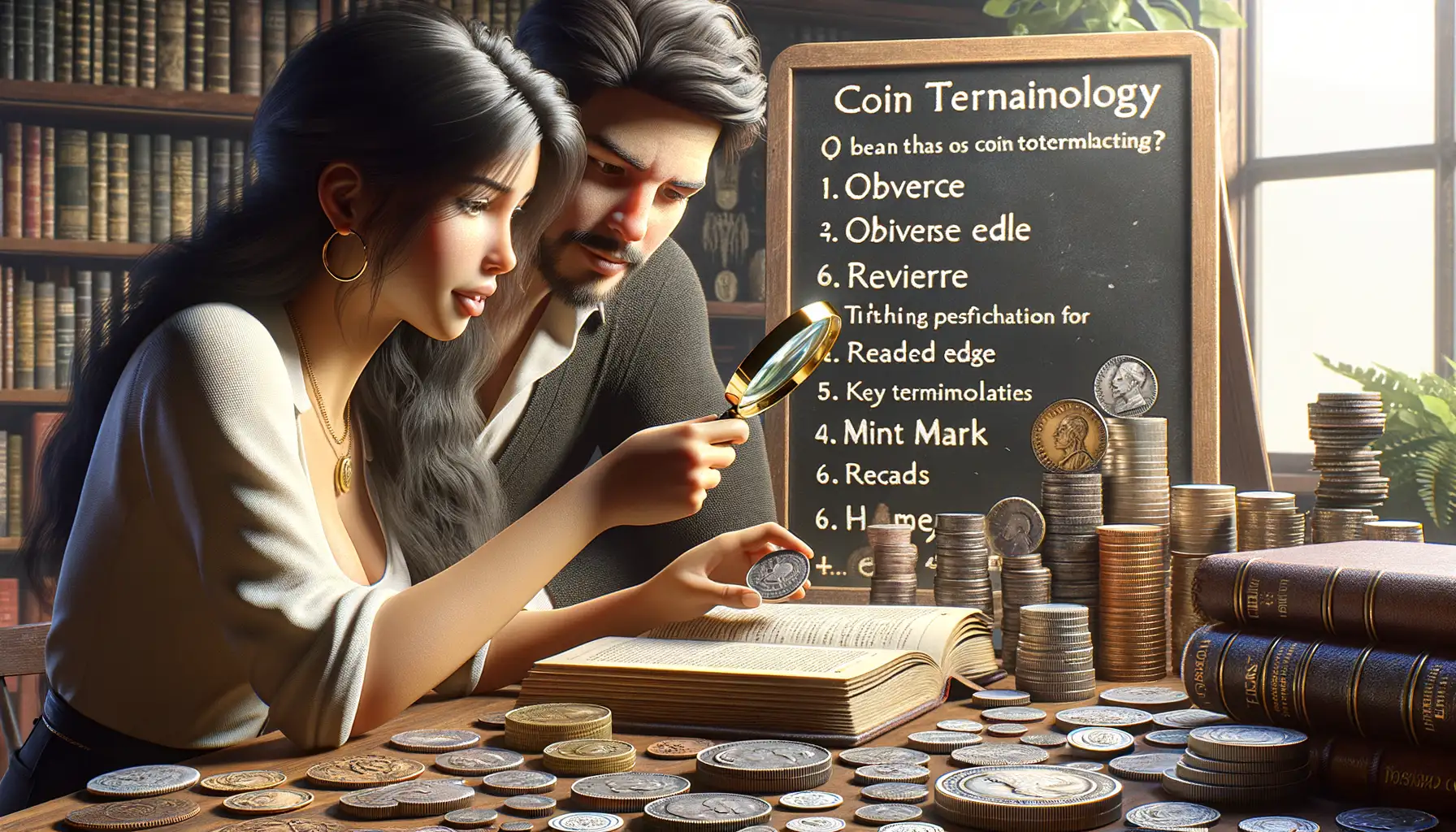
Bringing Coin Terminology to Life
Imagine this: you’re at a coin show. A fellow collector points at your prized piece and asks, “Is that a MS-65 Morgan Dollar?” Now, if you’ve mastered coin lingo, you wouldn’t just awkwardly nod. Instead, you’d reply with confidence, maybe even adding, “Yes, and what’s fascinating is its almost perfect luster!” Boom — instant connection.
Using coin terminology in real-world situations transforms you from casual observer to respected enthusiast. Let’s make it tangible:
- When trading coins, instead of saying “It’s old,” mention specifics like ‘mint year’ or ‘grade.’
- At auctions, describe a coin as having “sharp device details” instead of simply calling it “nice.” Watch how that impresses the crowd.
- While cataloging your collection, write down if a coin displays toning, instead of just listing its type and date. Your future self will thank you for detailed notes!
From Hobbyist to Expert Communicator
Using these terms fluently is like unlocking a secret handshake among collectors. For example, next time someone mentions a double die, you can chime in with, “I recently found one on a 1972 Lincoln Cent—it’s such a thrill spotting those anomalies!” This shared language not only helps you bond but also ensures precision, whether you’re buying, selling, or simply swapping stories over coffee.
Resources for Learning More About Coin Collecting Terms
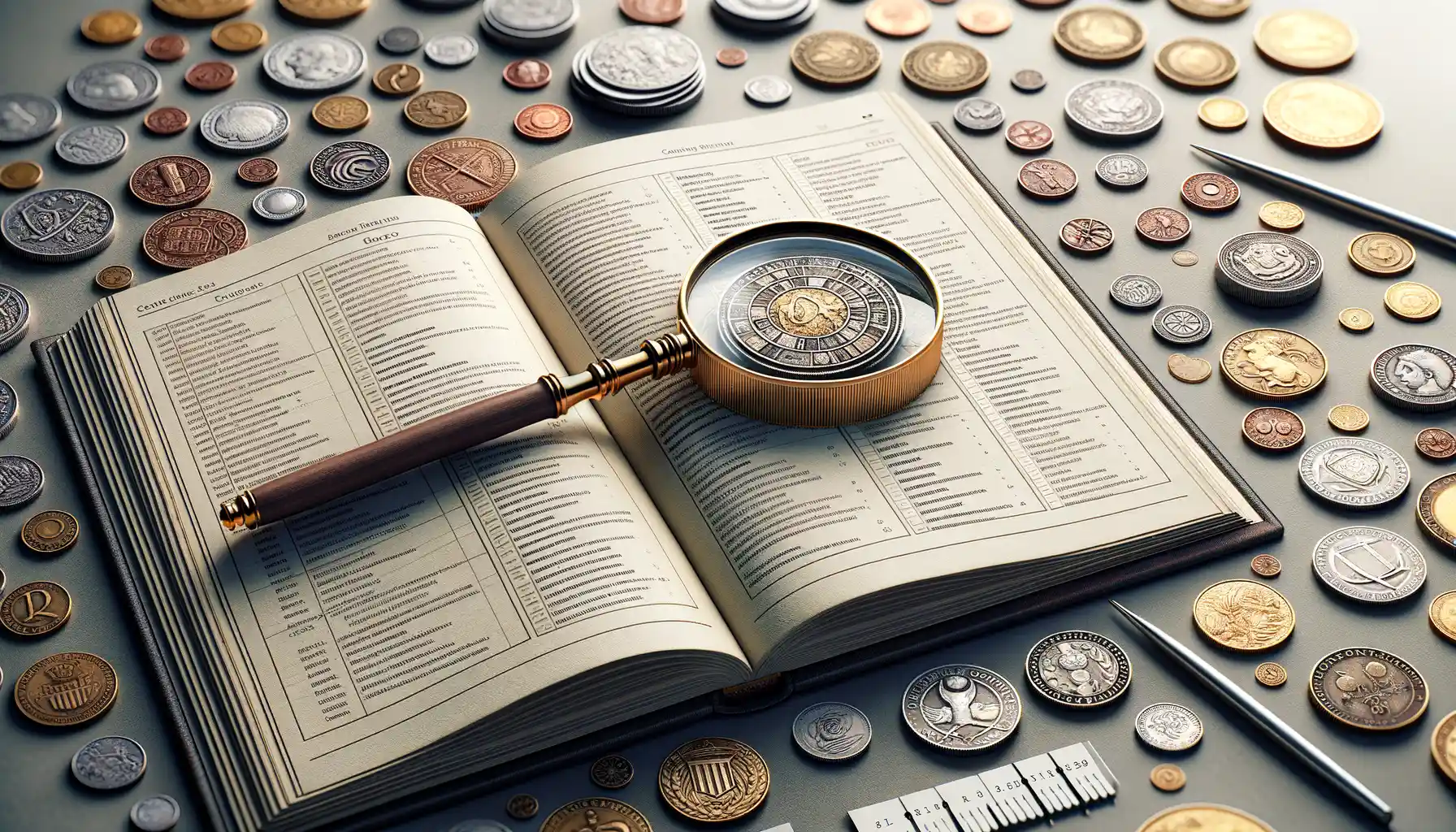
Where Passion Meets Knowledge
Diving deeper into the world of coin collecting is like opening a treasure chest—but instead of gold, it’s filled with fascinating terms just waiting to be discovered! Whether you’re intrigued by the mysterious history of an ancient coin or the delicate art of grading, finding the right resources can feel like hitting the jackpot.
Here are some of the best pathways to explore:
- Online Forums: Join communities like CoinTalk or CCF, where collectors exchange insights and quirky terminologies in real-time.
- Specialized Books: Classics like “The Official Red Book” are a goldmine of terminology and tips that never go out of style.
- Glossaries From Reputable Websites: Sites like PCGS and NGC offer detailed, easy-to-navigate glossaries to boost your vocab.
Events and People to Learn From
Sometimes, the best “resources” aren’t pages—they’re people. Visit local coin shows, chat with seasoned professionals, and don’t shy away from asking about the jargon. Hearing someone describe the nuances of a double die error or the luster on a pristine mint state coin can ignite your understanding in ways a dictionary never will.
Remember, each term you learn adds another piece to your personal collecting puzzle—one that tells the story of your unique journey.

